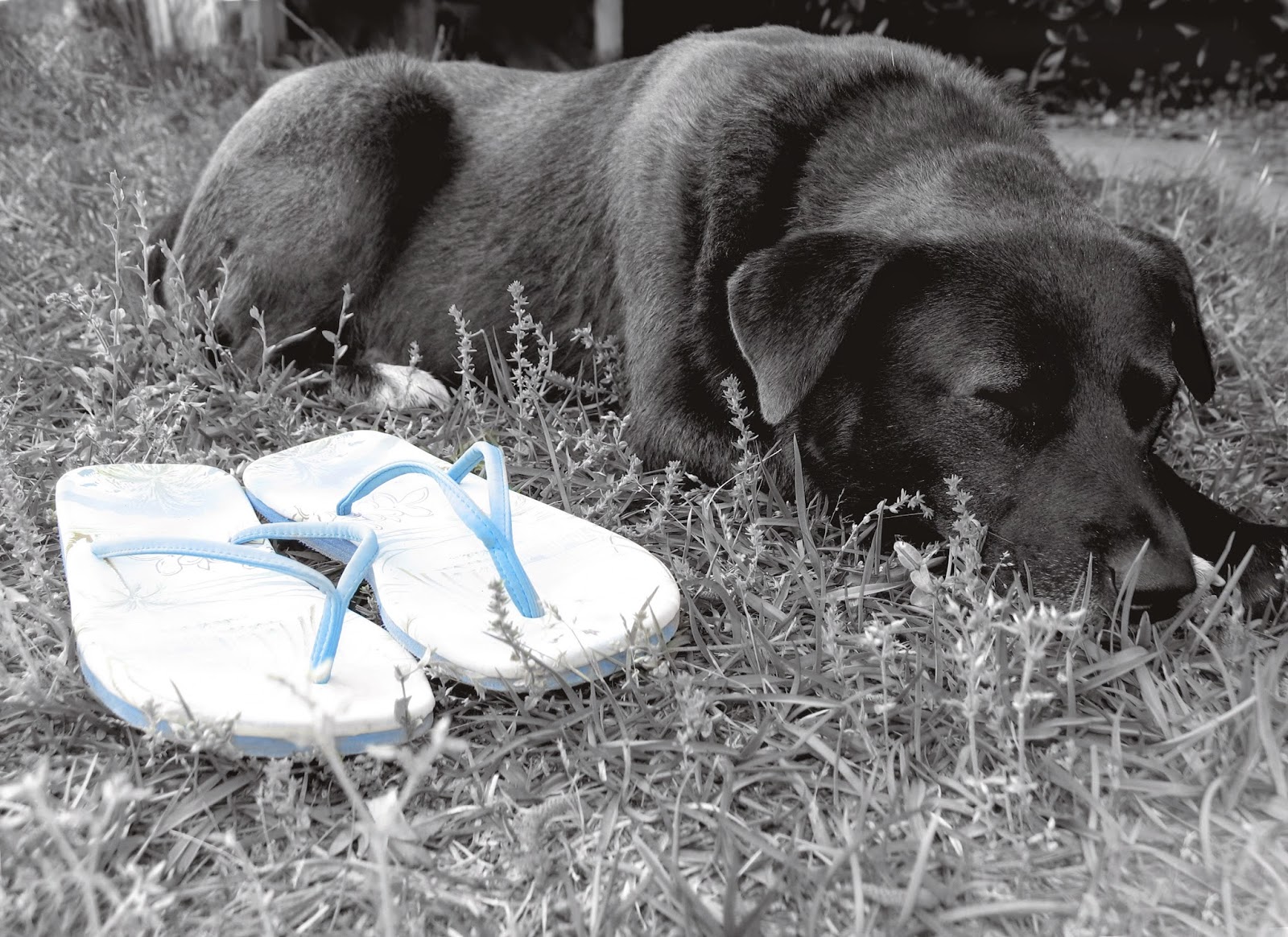We all have to present at least once during our academic apprenticeship so this blog post begins with the two most commonly asked questions about PowerPoint: “How do I make my PowerPoint look good?” and “What goes into an academic PowerPoint?”
For the purposes of this blog post I am going to refer to Microsoft PowerPoint because this is the most commonly used in our department (and the most commonly asked about) but I recognise that there are other options like Slide Rocket and Prezi.
Where to start: I begin with my overall aim then I look at the setting – what type of conference/seminar/lecture is it. Always consider your visuals/PowerPoint as your audience would – they came to listen to you, not read your PowerPoint. Another way to think of your visual aids is like word association – a good set of visuals will be forever associated with that talk you gave at 'x' conference and your message will be remembered because of that (no pressure or anything though). Remember the images, remember me, and remember my message!
The BASICS.
- Font size & type: 30pts – Nothing should be under 30pts small – ok, so I have transgressed in this one sometimes in order for a sentence to stay within the same line, but it was only down to 28 – 28 tends to be the smallest you can get away with, but it is not recommended. Text heavy slides are a big no. Limit to max 3 bullet points and between 7-10 words is a general guide to follow. A good test to see if you have too much information on your slide is if you can read it clearly when it is printed out in small note form then its o.k. if it looks to cluttered or too hard to read then go back and cull! Have the same font all the way through – I like interesting typology as much as the next person but for readability and accessibility please use a sans serif like Arial – not Times New Roman, or Garamond which are Serif and designed for documents.
- Structure: The structure of your PowerPoint changes with context. For your basic structured PowerPoint think of it like an article or your thesis outline – start with a title page with your contact e-mail and your institutional details. Then the intro – introduce the background to your research and yourself – as a novice researcher people don’t know you so give them some personal info – not just your c.v. Then the theoretical framework, method, findings and conclusion. Don’t forget that important THANK YOU slide with your contact info, and I put selected references. Contact and institutional info should also be put on your front slide 'cos if you like me I tend to forget to put the last slide up! If you don’t have a findings etc., the organisational structure of beginning, middle, and end is an oldie but a goody.
- How many?: There are many theories – some say 6, some 10 slides per half hour – I feel comfortable at about 12 for a half hour presentation bearing in mind that 2 of these are a title page and a thank you page.

Introducing the BLING
Design is important to making your PowerPoint slides look good– It's a balance between making it look pretty, yet functional – how can you achieve this?- Image size – lots of different images all different sizes can be distracting – if you have lots of images make them a consistent size or even consider using the same image throughout your slide presentation.
- Colour can be away to bring consistency – think of it like decorating your room – what’s the most easy on the eye – monochrome or busy detail– not to say busy detail doesn’t work you’d just have to have consistency in another way – an anchor to the busy, colour blocking is a good way to achieve this if you must have busy.
- Story telling – this sounds weird, but think of your PowerPoint as the picture book of your presentation – let the images tell part of the story (but not the whole story). If you have a distinct beginning and end PowerPoint it helps organise the stuff in between
- Theme: be it through colour or imagery, a theme helps develop and continue consistency within your PowerPoint. If you are thinking about having a solid colour (which is a good way to introduce consistency) then use a dark colour – I have used black with white writing, which was effective, and I have used an institutional blue one, which was an electric blue 'graphic' slide and not so easy to read. Pale colours often don’t translate well through projects that may need new bulbs or a good dusting. Dark colours provide a pleasing contrast.
- Needing more bling? The use of multimedia like YouTube clips is good too (in moderation) - IF it helps convey your message or you have been talking for ages (an hour) and need a break! A big academic no-no is the use of music. I feel this is a bit sad – I like music filtering in as people walk in, but I haven’t used that since my Masters so maybe give that one a miss. Also give slide animations a miss they are distracting.
 How do I find a suitable, usable, free image? Is the third most asked question and a difficult part of the visual, choosing an image or images that convey your message.. In past posts both Keely and I have suggested places to go find suitable, useable, and free, images including Morguefile and Google Advance Image Search (filtered by free to use). The quality of your image matters - stock images from places like Morguefile add an air of professionalism.
How do I find a suitable, usable, free image? Is the third most asked question and a difficult part of the visual, choosing an image or images that convey your message.. In past posts both Keely and I have suggested places to go find suitable, useable, and free, images including Morguefile and Google Advance Image Search (filtered by free to use). The quality of your image matters - stock images from places like Morguefile add an air of professionalism. Sometimes it is hard to visualise an overall concept, don’t fear - a block colour with a repeated motif can be just as graphically effective as a collection of images. If you use a template take time to personalise it, change the colour etc. I know you don’t want to spend ages on it and you will get faster as you go on – hey you may even develop a personal style that means you only have to switch it up for context – do make it look though that you have given your visuals a little consideration, they make your talk memorable.
 I hope you found this post useful – these are my tips based upon my experiences and reading. You may receive differing advice from supervisors and such. There are lots of cool websites that help you with design so take a look in our resource page. Please comment and share if you have other tips or anecdotes about your presentations, useful resource pages etc.
I hope you found this post useful – these are my tips based upon my experiences and reading. You may receive differing advice from supervisors and such. There are lots of cool websites that help you with design so take a look in our resource page. Please comment and share if you have other tips or anecdotes about your presentations, useful resource pages etc. 


No comments:
Post a Comment